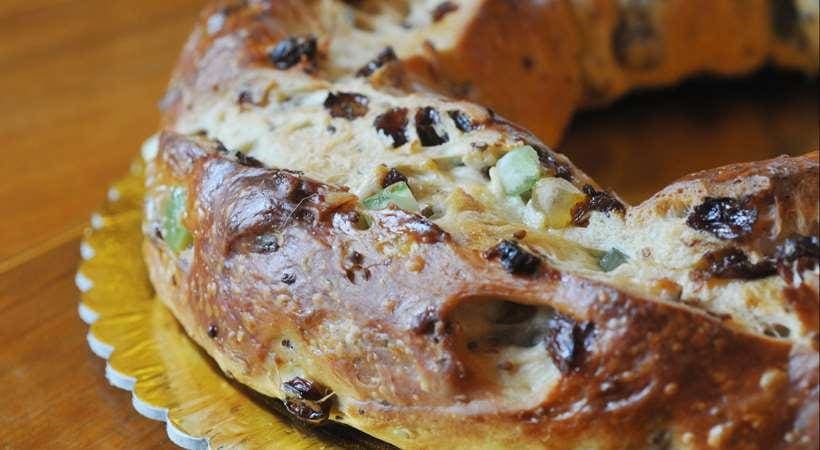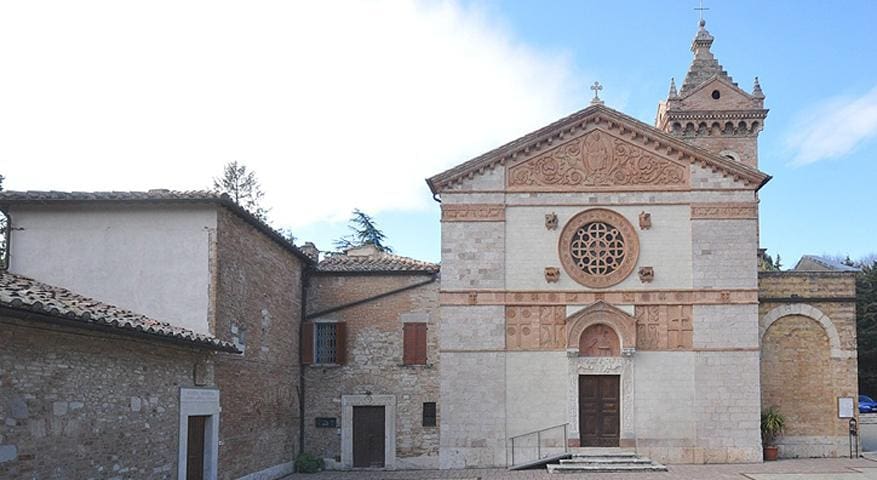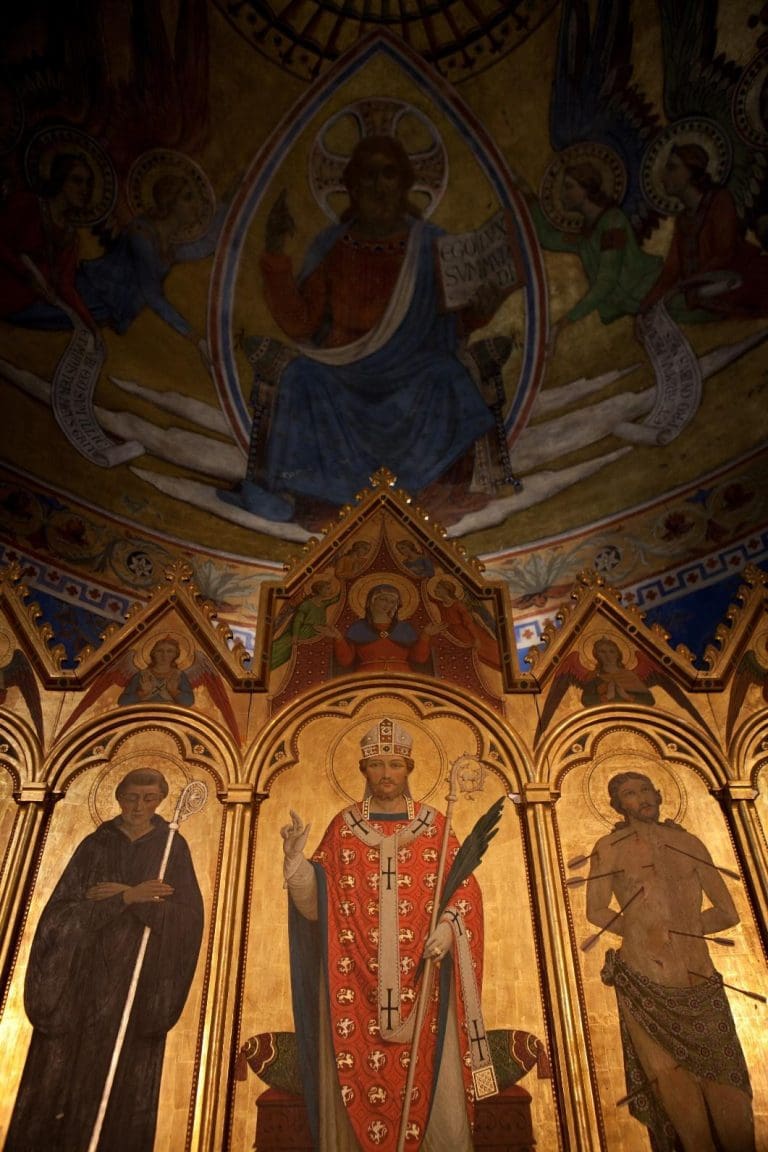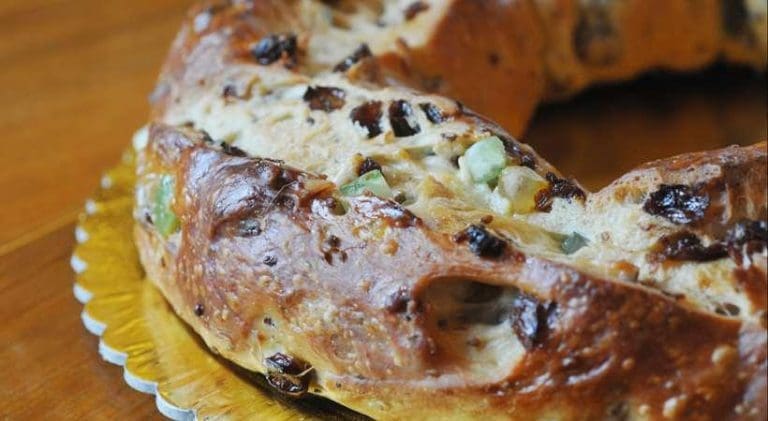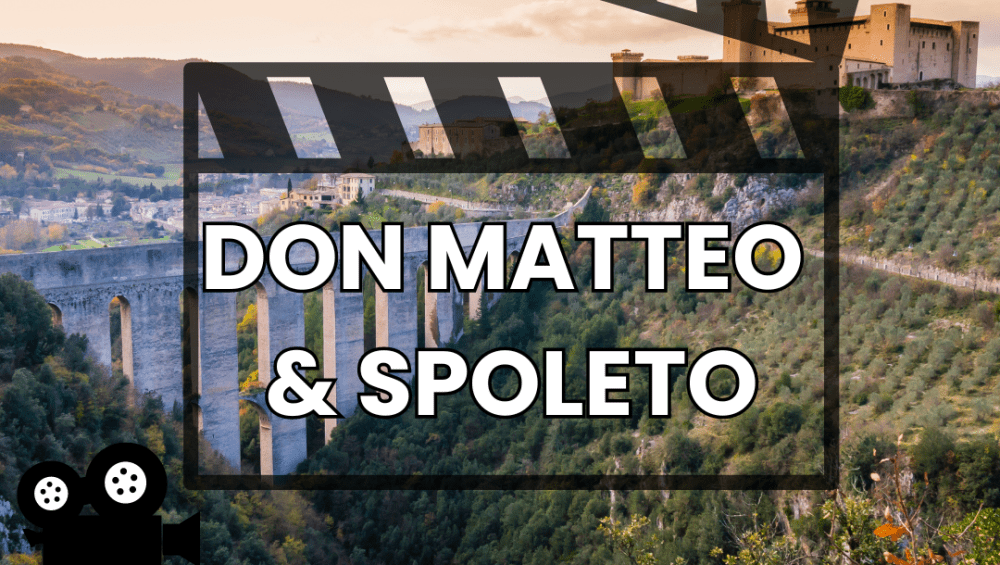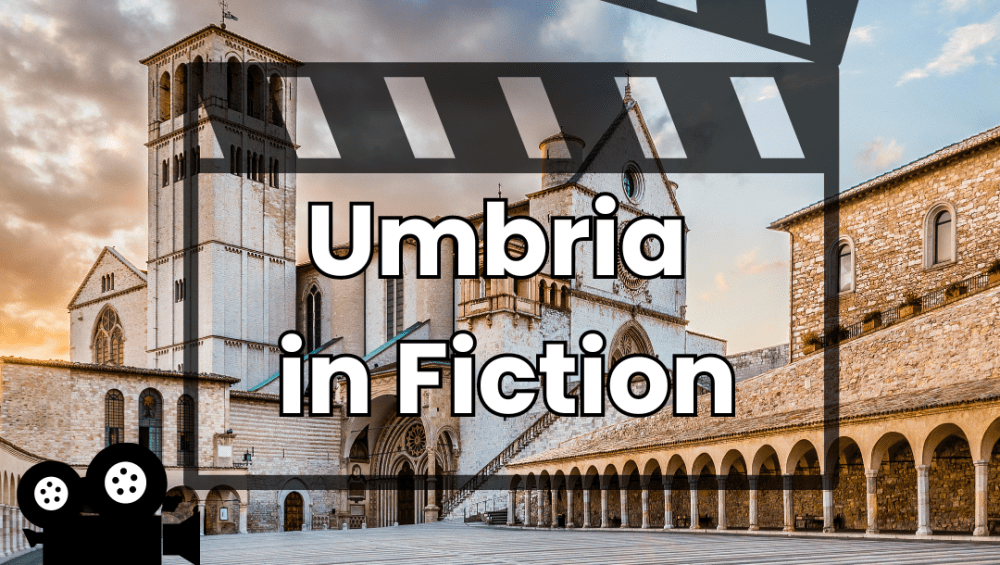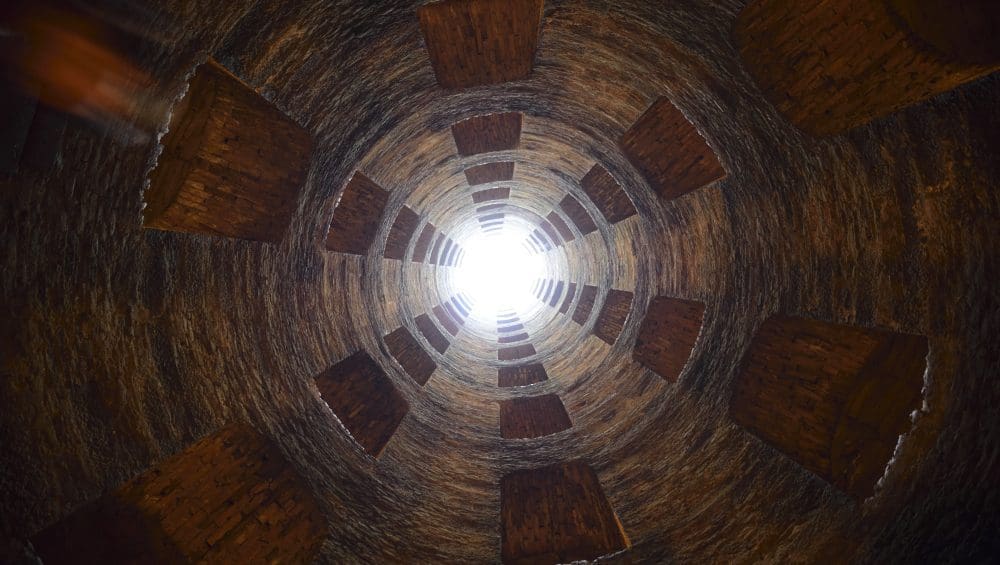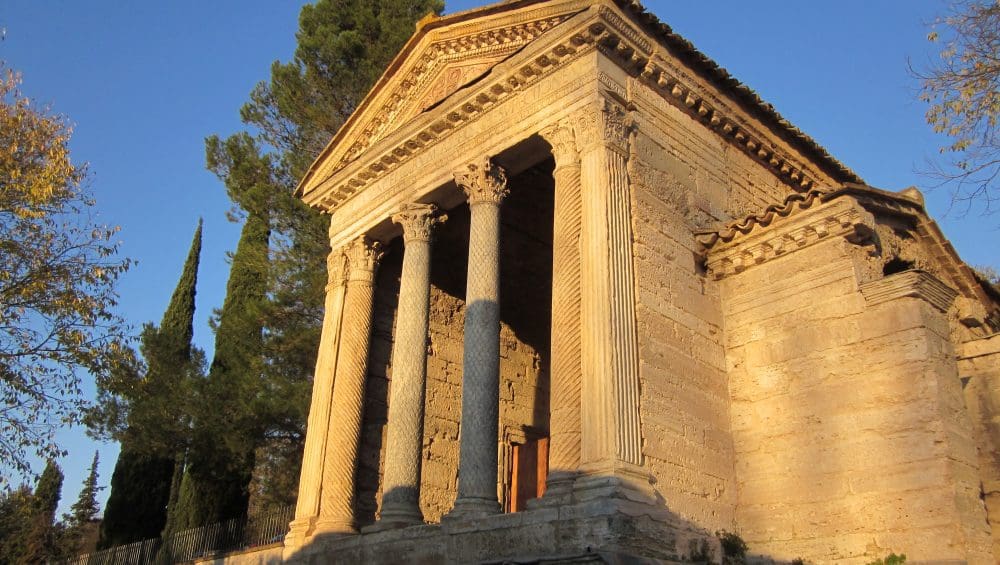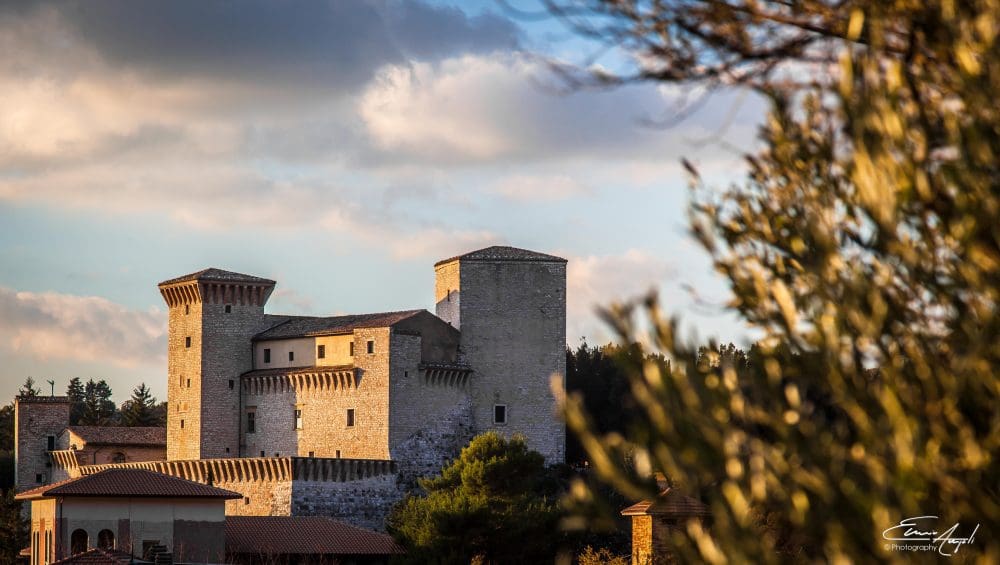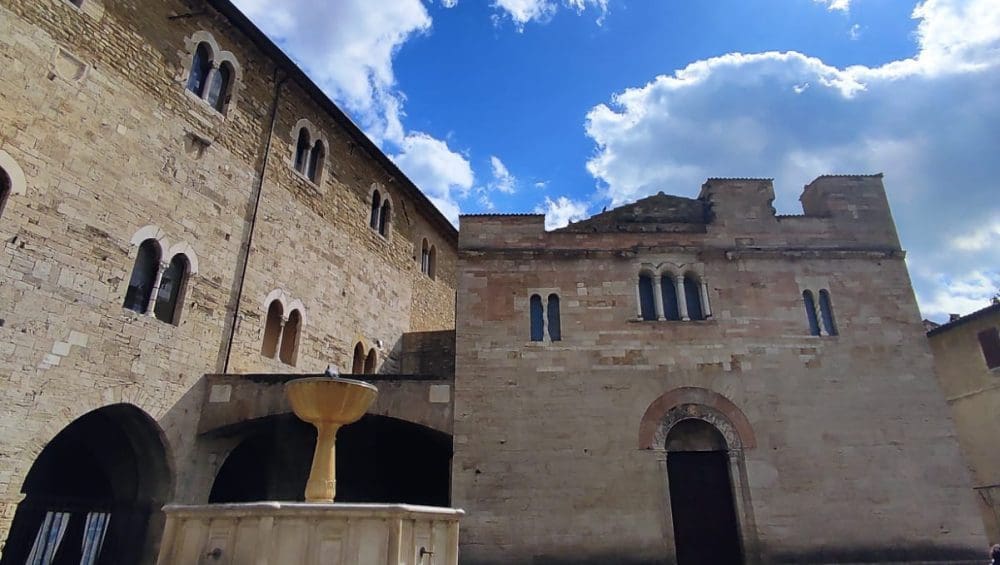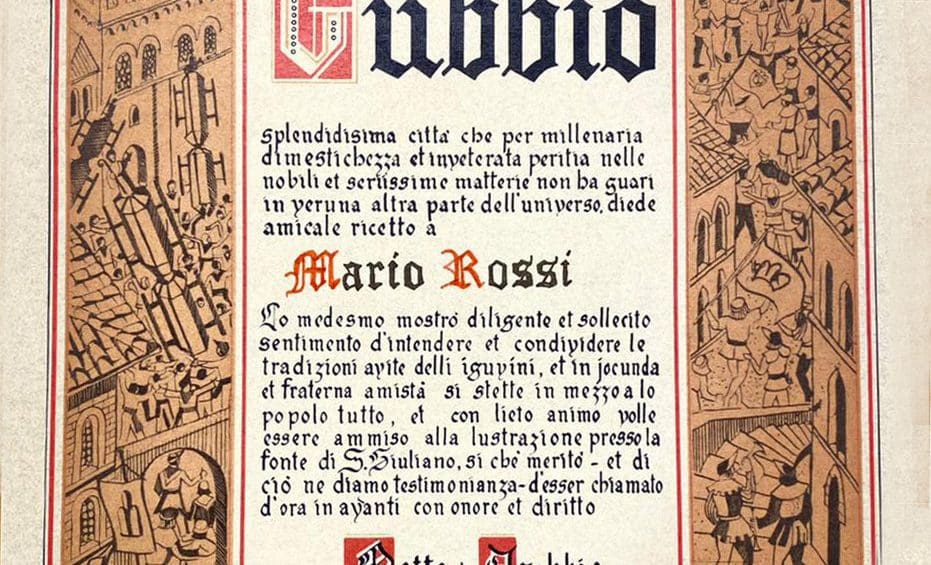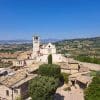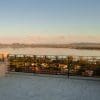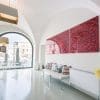San Costanzo’s Torcolo
The typical sweet of the tradition to celebrate San Costanzo is, in fact, the Torcolo, behind which there are many legends and mysteries related to the Saint that still today make this sweet full of charm and history.
In fact, it is handed down that the torcolo is in the shape of a donut to remember the crown and flowers that were placed on the body of the Saint after the decapitation or even that the hole represents the severed head of the Saint and lastly that its donut shape refers to the crown paraded from the head of the Saint once he was beheaded. That’s why a dessert studded with colored candies, in memory of the precious stones of the color! The five cuts on the donut are, however, attributable to the access doors to the five districts of the historic center of Perugia: Porta San Pietro, Porta Sole, Porta Eburnea, Porta Susanna, and Porta Sant’Angelo.
The torcolo di San Costanzo, despite the great importance it holds during the feast of January 29, is a dessert that is now enjoyed in Umbria throughout the year!
Let’s see the Recipe:
Ingredients:
600 g of flour
330 g of warm water
170 g of sugar
85 g of extra virgin olive oil
1 egg
85 g of butter
25 g of brewer’s yeast
170 g of candied citron
170 g of sultana raisins
170 g of pine nuts
anise seeds to taste
Method:
Arrange the flour on a pastry board, or in a bowl, crumble the yeast in the center and begin to knead with the warm water, gradually collecting the flour from the edges. Once the dough is homogeneous and well blended, let it rest and rise for about 2 hours in a warm, dry place.
Once the leavening is complete, turn the dough over (it should double) onto the work surface, spreading it slightly with the palm of your hand and add the butter cut into small pieces (room temperature), the sugar and the oil. Once the ingredients are mixed, add the diced candied citron, the raisins, the pine nuts, anise to taste. Knead it until all the candied fruit and dried fruit are well blended, form the donut and put it in a buttered cake pan to let it rise for about 3 hours.
After the last leavening, brush the surface of the Torcolo with egg yolk and make 5 light cuts with the tip of the knife.
Bake in a preheated oven at 180° for about 45 minutes.
Recommended pairing: Vernaccia di Cannara or Umbrian Vinsanto.


